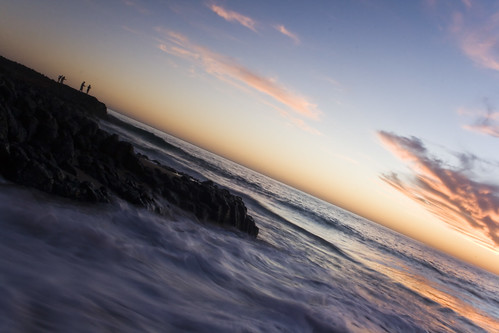 A new research project will survey the entire coastline of Western Australia in order to determine its ‘blue carbon’ potential.
A new research project will survey the entire coastline of Western Australia in order to determine its ‘blue carbon’ potential.
The project is headed by the Commonwealth Scientific and Industrial Research Organisation (CSIRO) along with eight institutions, including the University of Western Australia (UWA).
Blue carbon is a term that refers to atmospheric carbon that is captured and stored by marine environments such as seagrass or mangrove forests. According to CSIRO, coastal vegetation only occupies two percent of the world’s sea bed area, but it accounts for 50 percent of carbon transfer to ocean sediments.
The Project
Over the next three years and with $3 million, the CSIRO Marine and Coastal Biogeochemistry Carbon Cluster (Coastal Carbon Cluster) will analyze all 22,000 kilometers of Western Australia’s coast to collect as much information as possible about ‘blue carbon’.
“Australia’s coast nurtures a large proportion of the world’s seagrass and mangrove forests, but many of these have been damaged in the past,” Coastal Carbon Cluster Co-Leader Winthrop Professor Carlos Duarte, from UWA, said in a media statement. “Conserving and restoring our coastal habitats is a cost-effective way to mitigate climate change by rebuilding carbon sinks, while delivering valuable ecosystem services to society.”
Professor Duarte told MST in an email that “restoring the damage is beyond the scope of the project,” but hopefully it will “lead to a nationwide restoration program.”
Carbon Sinks
A carbon sink is any environment that has the ability to absorb and store carbon dioxide from the atmosphere. There are several reasons why the researchers are focusing on ‘blue carbon’ rather than terrestrial forests as carbon sinks.
Professor Duarte told MST that “coastal carbon deposits can be stable of millenary time scales, as there are no fires that return [the carbon] to the atmosphere.” Terrestrial forests can become saturated with carbon relatively quickly and if there is a forest fire, they will release that stored carbon back into the atmosphere.
In addition, restoring coastal ecosystems is easier than restoring forests because “coastal waters are not privately owned or, for the most part, have not changed use, so restoring coastal vegetation as a carbon mitigation strategy does not encounter the barrier of having to purchase land or covert agriculture land back to forest,” Professor Duarte continued.
Finally, he explained that “coastal carbon, particularly that of seagrass, can be verified.” In other words, scientists can determine exactly how much carbon the seagrass is storing, which is not always possible on land. ”Carbon budget exercises on land have typically failed at demonstrating significant sinks of carbon,” he told us.
Source: Marine Science Today
Image courtesy of lawmurray via Flickr (CC BY 2.0)
